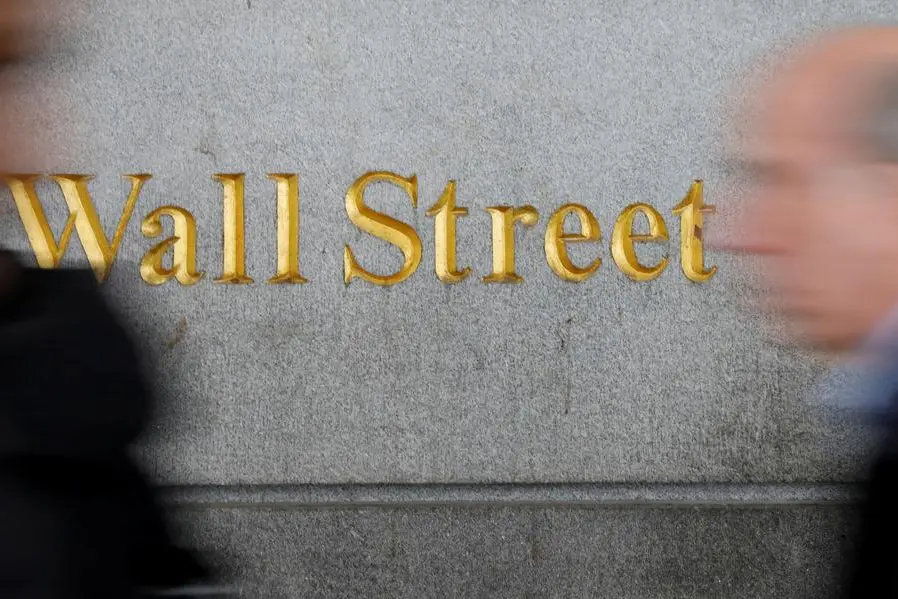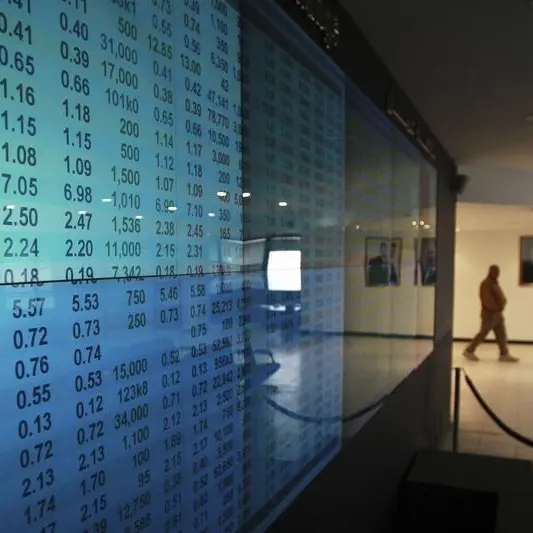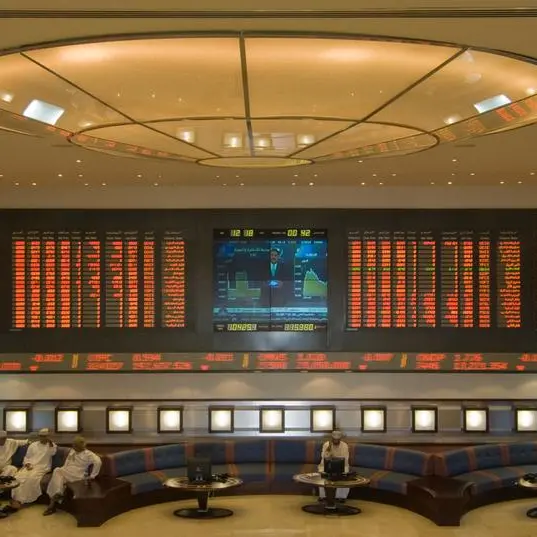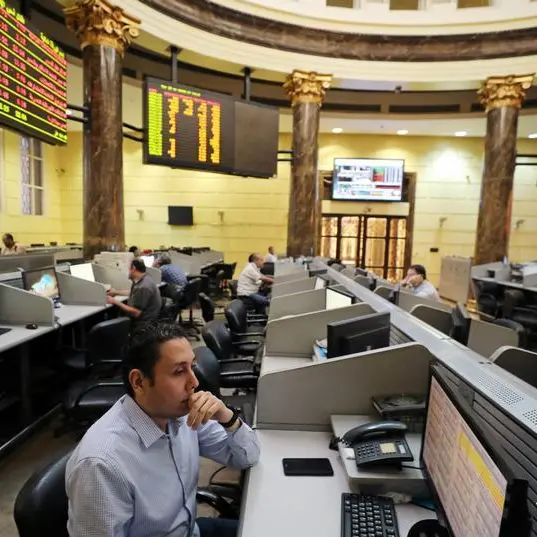PHOTO
FILE PHOTO: People walk by a Wall Street sign close to the New York Stock Exchange (NYSE) in New York, U.S., April 2, 2018. REUTERS/Shannon Stapleton/File Photo
Futures fell sharply on Friday after Amazon and Intel presented downbeat forecasts as concerns over the health of the U.S. economy lingered, while investors awaited a crucial jobs report for clues on the labor market.
Amazon.com slumped 8.2% in premarket trading after the company reported slowing online sales growth in the second quarter and said cautious consumers were seeking out cheaper purchase options.
Intel tumbled 20.5%, set for its biggest fall in 24 years after forecasting third-quarter revenue below estimates and suspending its dividend, starting in the fourth quarter.
Other chip stocks such as Nvidia, Qualcomm , Broadcom, Micron Technology and Arm Holdings dropped between 0.6% and 4.0% and were set to extend Thursday's losses.
Apple inched 0.9% higher as it posted better-than-expected third-quarter iPhone sales and forecast more gains, betting on AI to attract buyers.
Other megacaps such as Microsoft and Alphabet dropped 1.8% each. Meta edged 0.5% lower after soaring on Thursday after upbeat results.
Concerns around the dominance of the "Magnificent Seven" group of stocks persist as earnings from most of these Big Tech companies have failed to enthuse investors, underscoring the narrative of their valuations being inflated.
Wall Street's "fear gauge" breached the long-term average level of 20 points for the first time since mid April.
All eyes will be on the nonfarm payrolls reading at 8:30 a.m. ET for further signs that the U.S. labor market is easing. The data is expected to show nonfarm payrolls increased by 175,000 jobs in July, according to LSEG, after advancing by 206,000 jobs in June.
At 6:56 a.m. ET, Dow e-minis were down 358 points, or 0.88%, S&P 500 e-minis were down 56.5 points, or 1.03%, and Nasdaq 100 e-minis were down 290 points, or 1.52%.
The Nasdaq 100 futures were trading 10% below its record closing high, while the tech-heavy Nasdaq Composite ended nearly 8% below its own all-time closing level in July.
All the three major indexes kicked off August with steep declines on Thursday after a round of economic data spurred fears of a faster-than-expected economic slowdown, with the U.S. Federal Reserve maintaining a restrictive monetary policy.
"Thursday's (market) move appeared to reflect growing concerns about the U.S. economy, and in particular about the labor market," said Ben Snider, equity strategist at Goldman Sachs.
"Although, it looked more like a recalibration of growth expectations than an indication of extreme economic pessimism."
The benchmark S&P 500, the tech-heavy Nasdaq and the blue-chip Dow are on track to log losses for the week in which the Fed opened the door to a September interest-rate cut.
Among other movers, Snap lost 17.3% after forecasting current-quarter results below expectations, while payments firm Block climbed 4.4% after raising its forecast for annual adjusted core earnings and unveiling a $3 billion buyback plan.
Chevron Corp slid 0.3% after the oil giant missed estimates for second-quarter profit, hurt by weak refining margins, while Exxon Mobil rose 1.3% after posting a better-than-expected $9.2 billion second-quarter profit.
Of the 342 S&P 500 companies that have reported earnings for the quarter, 79.2% beat expectations, according to LSEG data.
(Reporting by Ankika Biswas and Shubham Batra in Bengaluru; Editing by Shounak Dasgupta and Pooja Desai)





















